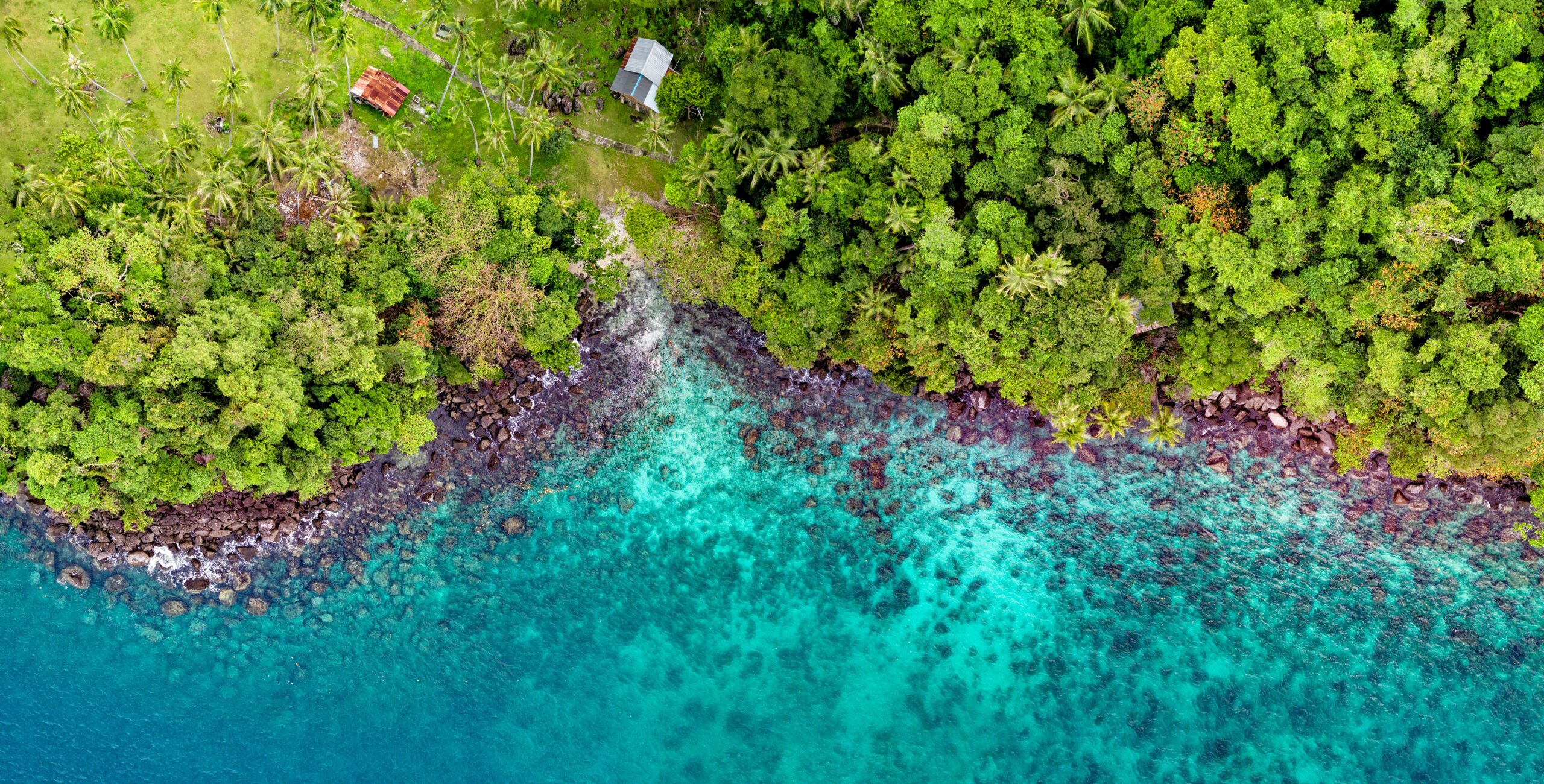

As part of the Indonesia-Denmark Energy Partnership Programme (INDODEPP), the Danish Energy Agency finances The Sustainable Province Initiative (SPI), which aims to accelerate renewable energy adoption in Indonesian provinces. By empowering local governments to create pragmatic energy plans that align with national strategies, SPI seeks to drive meaningful change. The work has been performed in cooperation with the local government in Indonesian provinces along with Ea Energy Analyses and other international and local consultants.
A detailed mapping of the available renewable energy (RE) resources and the existing energy system provides a foundation for modelling province level energy systems. For the RE resources this included an evaluation of existing data and an update, where necessary, so the users would be able to tell how much capacity could be installed in different locations. For the existing energy system, the mapping included existing power plants, energy demand (residential, service, and industrial), transport demands, and electricity import and export from neighbouring provinces. All this data could then be used in the modelling process that followed.
Scenario analysis of Aceh and West Java has been carried out, and currently Ea is doing a similar analysis for Sumatra as well. Ea has designed scenarios in cooperation with local partners to illustrate possible pathways for the power sector in these regions to reach net zero by 2050 or by 2060. Using the Balmorel model refined in close cooperation with national partners, the results in these studies also serve as input to the Regional Urban Energy Development (RUED) plan. The RUED plan is a long-term energy plan that is to play a pivotal role, integrating sustainability into the future energy landscape.
Two main scenarios are created for each region in the studies, a baseline scenario and a 2050 scenario. The Baseline scenario follows the national trajectory towards net zero emissions by 2060 and the 2050 scenarios were set to reach net zero emissions by 2050. The purpose was to explore energy system consequences of a target of provincial net zero by 2050. Adding to this, sensitivity scenarios on CO2 and fuel costs were included in the studies.
The scenario analysis has been completed for Aceh and West Java, and is currently being carried out for Sumatra.
The most comprehensive GIS based assessment has so far been the IESR (2021), “Beyond 443 GW’”. However, there was a need for more detail on the applicability of the types of land assumed to be usable for RE according to IESR. For instance, when looking at areas suitable for more than one type of RE, such as wind and solar, how does the mapping prioritise which one to choose? Ea looked into how the GIS-assessment of renewable energy could become more site-specific for Aceh and West Java.
As a part of the work, Ea hosted a workshop in May 2024, where modelling of West Java and Aceh power systems were presented and discussed. The work illustrates possible pathways for the power sector in West Java and Aceh to reach net zero emissions by 2050 or by 2060.

Find information about one of our projects in Türkiye here.